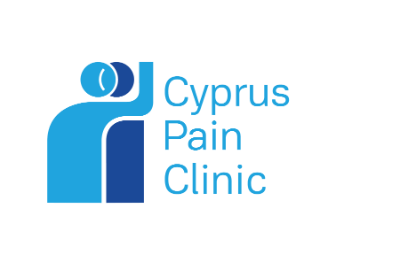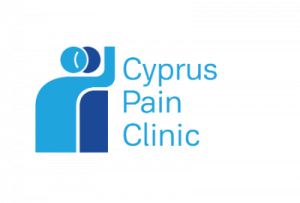Osteoarthritis (OA) is a chronic degenerative and progressive joint disease that can affect any joint in the body but most commonly occurs in the joints of the knees, hips, fingers, and spinal joints.
This disorder affects the bones, ligaments, and muscles of the joint as well as the entire joint structure. It is caused by inflammation, swelling, and fluid production in the synovial membrane (joint edema), cartilage damage (it becomes rough and thins), bony spurs (osteophytes), and by hardened joint capsule and ligaments.
Although osteoarthritis can affect people of any age, it is more prevalent in those over 45 or in those who have had previous joint injuries. OA occurs more often in women compared to men.
Osteoarthritis
OA symptoms vary from person to person. Principally, they include:
- Pain (during movement but also at rest)
- Stiffness
- Crepitus (crackling or popping sounds) during movement
- Swelling
- Atrophy of adjacent muscles
- Joint instability
Symptoms
Risk Factors
Risk factors for osteoarthritis:
- Obesity
- Previous joint injuries
- Lifestyle
- Vigorous sports activities
- Heavy-duty occupation
- Genetic factors
- Congenital disorders (congenital hip dislocation, epiphyseal dysplasia).
Diagnosis
The diagnosis of OA is established through physical examination and patient-reported symptoms. Simple x-rays are sufficient; a CT or an MRI is only required in exceptional circumstances. Blood tests are only useful to rule out other forms of arthritis.
Treatment
Treatment options include:
- Weight loss
- Physiotherapy and Hydrotherapy
- Exercise
- Ice therapy
- Use of orthopedic products such as splints, walking sticks, etc.
- Pain medications (paracetamol, non-steroidal anti-inflammatory drugs [NSAIDs], capsaicin cream, opioids, etc.)
- Nutritional supplements (glucosamine sulfate, chondroitin sulfate, diacerein, hyaluronic acid, etc.)
- Intra-articular cortisone injection (no more than 1-2 times a year)
- Intra-articular hyaluronic acid injection
- PRP (Platelet Rich Plasma)
- Stem-cell therapy
Treatment
When the condition is advanced and medication does not adequately control the pain, there are conservative, surgical, and minimally invasive treatments available to address chronic pain from OA, which clearly affects the patient’s quality of life.
In order to reduce pain and enhance a patient’s Quality of Life, several different treatments might need to be explored.
Additional clinical research is required to determine the efficacy of nutritional supplements, intra-articular injections, and more recent therapies (PRP & stem-cell therapy).
Radiofrequency therapy: The application of radiofrequency (RF) to synovial nerve branches is a painless and safe therapeutic technique for the palliative management of chronic pain in osteoarthritis patients. The idea behind this procedure is that by blocking alginate stimuli (pain) from reaching the spinal cord, pain will be reduced.
Last but not least, surgery is typically effective for patients with advanced disease.


